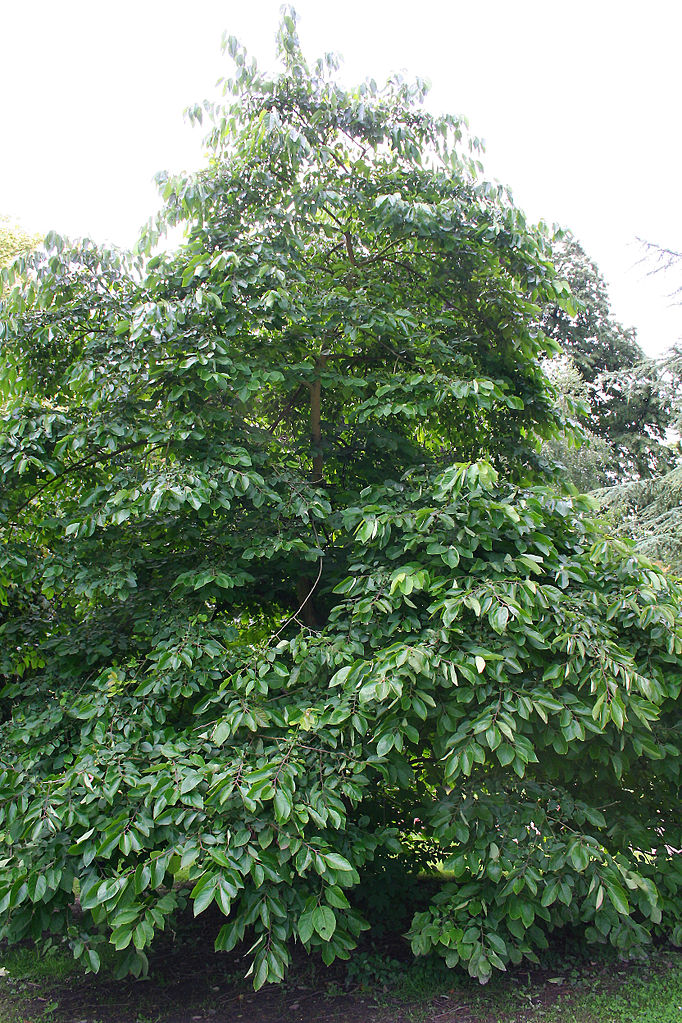Leaf Lettuce
Scientific Classification
| Kingdom: | Plantae |
| (unranked): | Angiosperms |
| (unranked): | Eudicots |
| (unranked): | Asterids |
| Order: | Asterales |
| Family: | Asteraceae |
| Genus: | Lactuca |
| Species: | L. sativa |
| Binomial name: | Lactuca sativa |
Lettuce (Lactuca sativa) is a yearly flowering plant that belongs to the sunflower or aster group Asteraceae. Very often, people grow them as a leaf vegetable and occasionally, for its seeds or stem.
Anatomy
Leaf lettuce grows in the form of bunches of foliage and not in the form of a compact head. They normally grow in the open.
Habitat
It was the ancient Egyptians who took the first step in cultivating lettuce by transforming it from weeds. Earlier they produced oil with these seeds, but later they grew these plants only for its leaves. Lettuce was later known by the Greeks and the Romans as “Lactuca” the English changed this name finally into “Lettuce”. During the period from the 16th century to the 18th century Europe witnessed the growth of several varieties, and the middle of the 18th century saw descriptions and illustrations of several cultivars that are still seen in gardens. North America and Europe were the first to have dominance in the lettuce market and later in the 1900s lettuce became a universally accepted consumption product all over the world.
Planting Lettuce at Home

Soil for Planting
August is the month to produce cool soil by wetting the ground and shielding it with bales of straw. After a week the soil below the bale of straw will attain a temperature of 10°F (6°C), this is cooler than the remaining part of the garden.
Use soil of pH value 6.0 to 7.0 for the lettuce that need a moist, fertile and properly drained soil, rich in organic matter.
Planting
Lettuce being a cool-season crop gives you multiple crops in late summer and spring. Avoid planting this cool season crop in mid summer.
Watering
- When you look at the lettuce you will know its need for water, wilted leaves is a clear indication of this. Sprinkle water on them any time-even during the daytime heat, to cool them and reduce the rate of transpiration.
Temperature and Humidity
The growth of lettuce flourishes at temperatures ranging from 45 to 80 degrees.
Care
- Transplant your lettuce in soil rich in humus, with sufficient compost and a good supply of nitrogen to help them grow quickly. Three weeks hence, use a slow-release fertilizer or organic alfalfa meal.
- Be certain you have a properly drained and moist soil.
- Mulch your lettuce plant all along the summer months and retain the moisture.
- When you sow your seeds directly, they need thinning; space them as per the illustrations mentioned.
- The roots of the plant are shallow, hence take care of them, while weeding manually.
Pests and Pesticides

Photo by: Hwaja Götz
Aphids are the often seen pests of the lettuce. These pests fancy hiding underneath the tender leaves and below the crown of the plants. We rarely find a disease patch on the lettuce leaf even though earwigs and slugs may appear. But earwigs are more a nuisance rather than a threat, they reside in the middle of the plant, alarming you when you see them in the sink when you wash the lettuce, slugs are sluggish and eat steadily; they possibly destroy the plants particularly in wet weathers.
Harvest Month and Storage
Reap your lettuce by taking the outermost leaves of the plant retaining the central bud for more leaves to grow, if not cut the whole plant at the bottom. Leaf lettuce is edible whatever size they are. Iceberg includes crisphead lettuce that make for an excellent soft salad.
- Pack your lettuce in a loose plastic bag and refrigerate them for ten days.
Varieties
The various lettuce types are butter lettuce and red leaf lettuce. Head lettuce is another type of lettuce whose leaves are tightly curled in its heads. Still another variety is the cos lettuce that forms an elongated bunch of leaves.

Having discovered a fondness for insects while pursuing her degree in Biology, Randi Jones was quite bugged to know that people usually dismissed these little creatures as “creepy-crawlies”.







